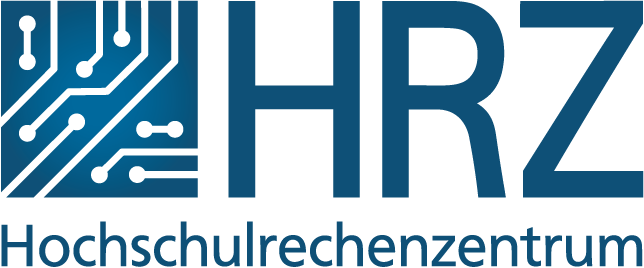The data network is now subject to high availability requirements, as in addition to the networks for teaching, research and administration, all operationally relevant installations such as control technology, emergency call, signalling and building systems are now also connected via the network. All important connections to external networks and the central components are therefore set up redundantly. In addition to security aspects, the availability of a service must therefore always be taken into account in the planning of new projects and a risk assessment carried out.
The TU Darmstadt data network therefore represents the basic communication infrastructure. All services and applications run via the network. Without a functioning data network, hardly any area of TU Darmstadt would be able to function. The network has a hierarchical structure and is divided into the core network of TU Darmstadt, which is operated entirely by the HRZ, and the respective institute networks. A total of around 40,000 computer interfaces are supplied via this network. The connected institute networks are operated partly by the HRZ and partly by the institutes themselves. To operate the local networks via the HRZ, the Infrastructure department provides around 18,000 end device connections in the institute buildings and 1,500 server connections in corresponding data centres. Around 3,500 access points are used to operate the university-wide WLAN. At peak times, the central WLAN management system has up to 14,000 simultaneous users.
The Infrastructure department also provides centralised network services such as firewalls, VPN access, Radius, DHCP and DNS.
In organisational terms, the Infrastructure department is divided into the Network Operations, Communication Systems and Construction Support + Server Room Operations groups as well as the Procurement and Budget Control staff unit.

